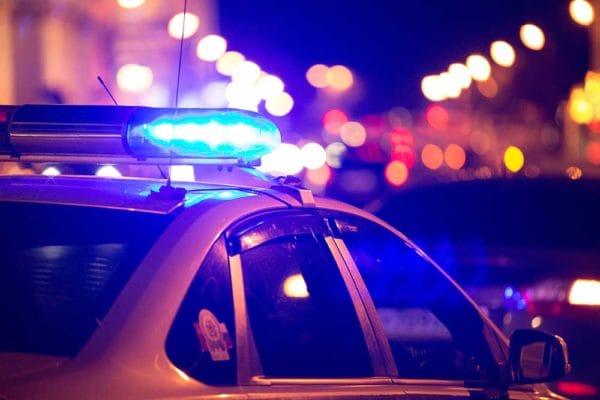
CHICAGO, IL –-(Ammoland.com)- Was David Chipman the vice president of marketing for a company that sold a system to cities around the country that didn’t work?
The Chicago Office of the Inspector General (OIG) seems to think that might be the case. The IG’s Office released a report lambasting Chipman’s prior employer, ShotSpotter. The office claims the technology doesn’t work most of the time.
ShotSpotter is an acoustic gunshot detection technology. Microphones are placed around cities on light poles and use an artificial intelligence (AI) software package to listen for gunshots. When the system detects the gunfire, it will triangulate the sound to locate the shooter. A human at the ShotSpotter monitoring center reviews the report. If they believe the alert is real, they will notify the local police department’s dispatch center. The dispatch center will notify units to respond to the location of the detection.
Anti-gun politicians and advocates, like Chicago’s Mayor Lori Lightfoot, hail the system as “a lifesaver.”
The Chicago Mayor just renewed the cities contract with the company for another three years. The system isn’t cheap. The city of Chicago paid ShotSpotter $33,000,000 over the last three years. But according to the Chicago OIG’s report, the city wasted that money on a system that doesn’t work.
The report states: “police responses to ShotSpotter alerts rarely produce evidence of a gun-related crime, rarely give rise to investigatory stops, and even less frequently lead to the recovery of gun crime-related evidence during an investigatory stop.”
Rhonda Ezell of Chicago Gun Matter, and lead plaintiff in the landmark case of Ezell v. The City of Chicago, has one of the microphones outside her home. She agrees with the OIG’s findings. She believes that the city has wasted the taxpayer’s money on a system that doesn’t work.
“ShotSpotter is a 33-million-dollar investment to detect, track, and record actual events,” Ms. Ezell told AmmoLand. “Yet, criminals continue to go free because CPD isn’t reporting a crime.”
The OIG looked at 50,000 records over a 17-month time frame and discovered that 91% of the reports of gunfire turned up nothing. Only 9% of the calls showed up any evidence of a crime being committed. A car backfiring and fireworks have fooled the system. Leaders in the community believe it gives the police an excuse to stop, detain, and humiliate residents of Chicago’s predominantly minority inner-city areas. The OIG’s report backs this claim.
The report reads: “If the Department is to continue to invest in technology which sends CPD members into potentially dangerous situations with little information––and about which there are important community concerns–– it should be able to demonstrate the benefit of its use in combatting violent crime. The data we analyzed plainly doesn’t do that. Meanwhile, the very presence of this technology is changing the way CPD members interact with members of Chicago’s communities. We hope that this analysis will equip stakeholders to make well-informed decisions about the ongoing use of ShotSpotter technology.”
The OIG also worries that the ShotSpotter system could put the responding officer and the general public in danger. The police would be walking into a situation with no awareness of what is happening on the scene.
The report states: “There are real and potential costs associated with use of the system, including … the risk that CPD members dispatched as a result of a ShotSpotter alert may respond to incidents with little contextual information about what they will find there—raising the specter of poorly informed decision-making by responding members.”
ShotSpotter was also used to jail Michael Williams for a year. During last year’s unrest, Williams was arrested for the murder of a man that someone shot. The only evidence that the grandfather killed the man was that ShotSpotter said it triangulated the fatal shooting to Williams’s car as it was seen driving through an intersection on a CCTV system.
The system actually detected the gunshot a mile away from where Williams drove through the light. A ShotSpotter analyst altered the data to point to Williams’s car. A judge threw out the case for lack of evidence.
Vice News discovered a pattern of ShotSpotter altering its data to match police accounts. For example, police in Rochester, New York looking for a car, stopped the wrong vehicle. Police shot at the car’s passenger, Silvon Simmons, four times, hitting him three times in the back. Police claim that Simmons fired a gun at the officers on the scene.
ShotSpotter only picked up two shots, and there was no physical evidence of Simmons shooting at the police officers. In fact, Rochester, New York refused to test Simmons’ hands and clothes for gunshot residue when he insisted he never fired at the officers. The police asked the company to find seven shots. ShotSpotter claimed after reanalyzing the audio. There were indeed seven shots fired.
Police charged Simmons with attempted murder even though police could not find any casings or any bullets. Simmons refused to plea bargain and pled innocent. His lawyers requested the audio files from ShotSpotter, but the audio files mysteriously disappeared, and all backups also went missing.
A jury acquitted Simmons on the murder charges. A judge later overturned his conviction for possession of a gun. The judge pointed to ShotSpotter’s unreliability. ShotSpotter claims to be 97% accurate.
ShotSpotter is used in over 100 cities across the country. Still, some cities like Charlotte, North Carolina, and San Antonio, Texas, have canceled their contracts with the company because they believe it just doesn’t work.
About John Crump
John is a NRA instructor and a constitutional activist. John has written about firearms, interviewed people of all walks of life, and on the Constitution. John lives in Northern Virginia with his wife and sons and can be followed on Twitter at @crumpyss, or at www.crumpy.com.


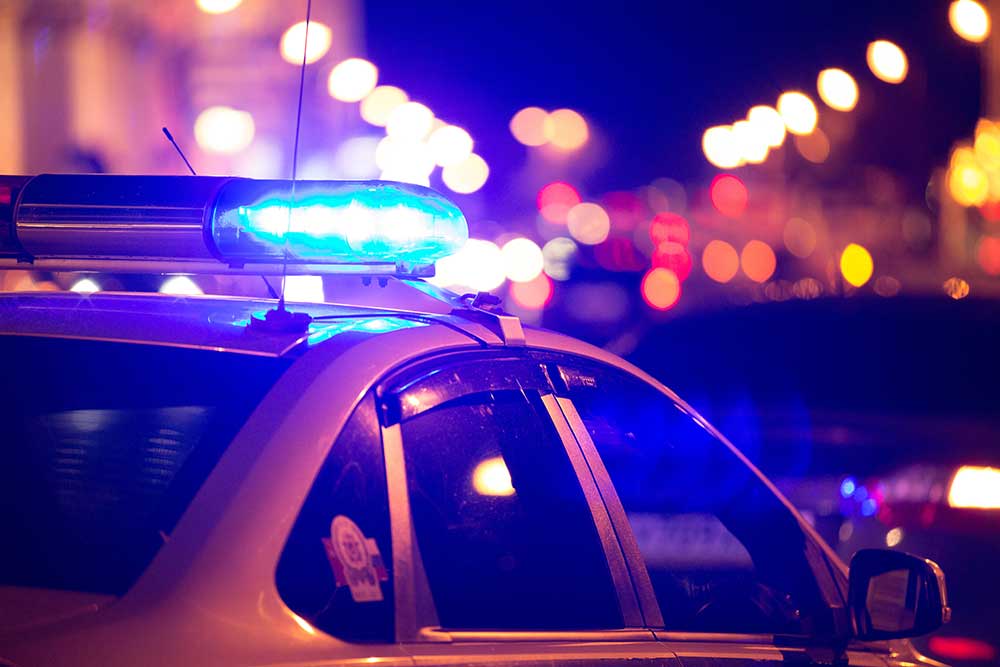
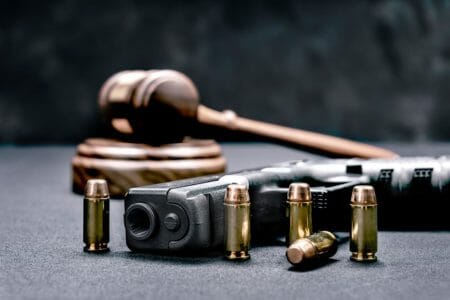

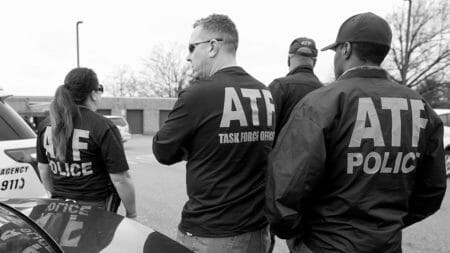

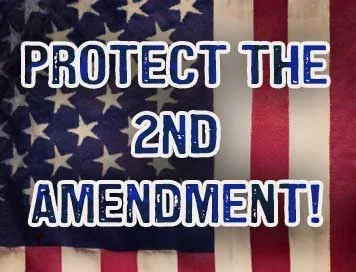

It most certainly did work. It put millions of dollars into the pockets of political crony’s of the Democrat party and all the kickbacks that came along with it.
Hm. Reading this article, ALL the proven criminals herein are employed by the government for “law enforcement” purposes.
What a coincidence.
Reminds me of the failed technology (cameras) produced by Boeing, Whackahut, etc to be placed on our S border. The companies made millions. The stockholders (politicians) also faired out nicely. NY Times article exposed this during Trump tenure. They have since then hid the article. After I was making this aware to others on SM. The article also gave a figure of $184 BILLION spent on the border security from Reagan till 2013. Completed wall was estimated at $21 to $62 billion. Where did all the money go ?
shot spotter is just to try and intimidate the people ,like facial recognition not ready for prime time . like covid detecting about 42% or less what???? a coin is 50/50
N.S., really???!?!?
Your evidence for the technology not working is based on an alert not resulting in convictions. Just because 91% of alerts did not result in any findings does not mean there were not gunshots. The great majority of gun fights result in shots expended and no hits. So no bodies. Everybody runs and drives away. Shot spotter has been extremely helpful in combat. One of the problems in modern combat is bullets impact your vehicle and around your troops, and it is extremely difficult to tell where it’s coming from. If you go on YouTube and watch combat footage from… Read more »